Inside: How much DNA do half-siblings share? It depends! We discuss why that is. Hint – it has to do with the X chromosome.
The definition of family has evolved over time. Once, the ideal family consisted of family members that could be identified as a mother, father, and two siblings with a dog.
But as society progressed, so did how we relate to one another and grow as individuals.
After divorce started exploding in popularity across America, so did the blossoming of the term blended family.
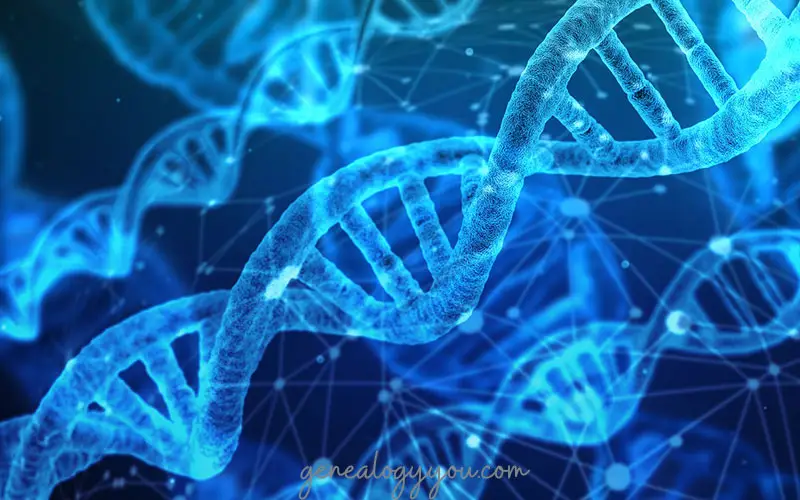
A modern family is a beautiful blend of people who are related, or not, in a variety of ways. The best examples of that are half-siblings and step-siblings.
Technically, the concept of half-siblings and step-siblings is not new to society. In reality, this blend has been around as long as people have been coupling.
Life Expectancy
For much of human history, people were not expected to live very long. This is an unfortunate result of early civilization and the lack of resources to encourage longevity.
Life has been dangerous for the majority of our existence, it arguably still is. Whether it comes in the form of chasing dinner or a plague, there’s always something lingering over humanity.
Even with the advent of modern medicine and ever updating knowledge, there are still diseases that haven’t been cured.
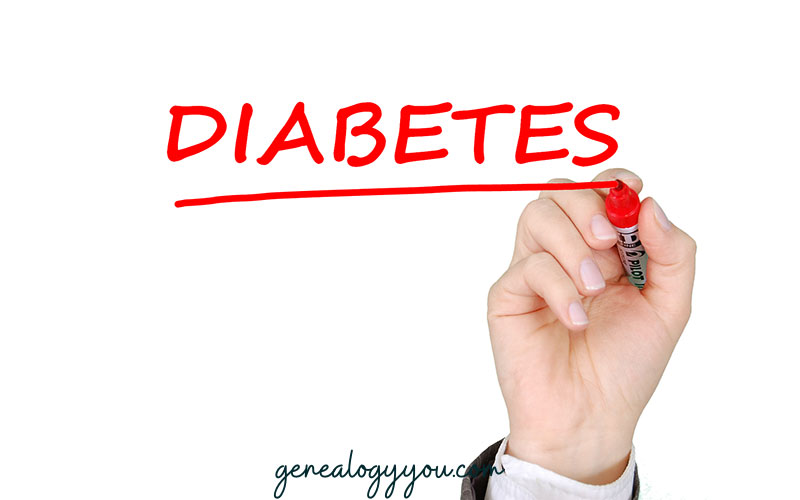
When it’s expected that individuals aren’t going to be around a super long time, procreation becomes top of the priority list.
In a twist that is no longer acceptable today, the pairings to encourage this would often be a young female with a much older male.
When you have this much of an age gap with the added short lives, we have full siblings and often, as a consequence of life, there ends up being half-siblings.
When the man died of “old age” or unsafe activities, the young woman likely had multiple children.
To ensure the mother and her children are taken care of in the event of their father’s untimely death, she would have to remarry.
A new marriage would have the same requirement as the old one, to produce children. So, there you have it, history’s early blended families. They most often would not share the same father but still be related through DNA.
So, how much DNA do half-siblings share?
The quick answer is that the amount of same DNA half-siblings share is 25 percent. Essentially, whether they share the same mother or same father, a child gets about half of their parent’s DNA. When siblings only have one parent in common, that percent drops by about half.
That seems pretty straightforward, right? Not so fast.
Research has given us more insight that gives us wiggle room within the constraints of percentages.
As it turns out, half-sisters usually share more DNA than a half-brother does. Of course, that’s not an exact science, but it does seem to be the case more often than not. Why is that?
How does the amount of shared DNA change between siblings?
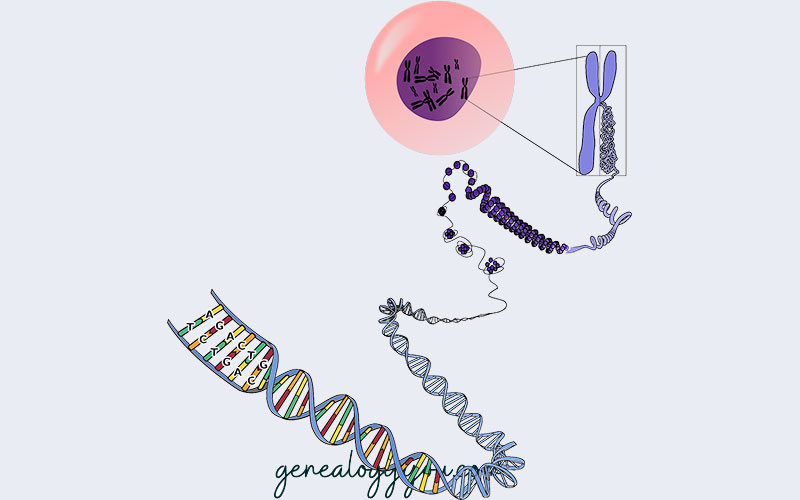
Let’s take a look at half-sisters with the same father. These half-siblings will share more DNA due to how genes are being passed down.
Chromosomes from biological males are X and Y. Chromosomes from biological females are X and X. Parents only pass down one chromosome from each pair.
So, the shared father passes down the X to daughters and the Y to sons. That means the sisters would share more than they would share with a half-brother.
X marks the spot.
Here is an example of how that would look. The half-brother would have inherited an X chromosome from his mom and a Y chromosome from his dad.
His sister would have an X chromosome from her mom and an X chromosome from her dad. You, a female, would get an X from your dad and an X from your mom.
The X from the dad is the same X shared with the half-sister. The half-brother got the Y from the shared dad, which you don’t have.
So, even though you share the same father, you have more in common with your half-sister than your half-brother.
How does this work with a DNA test?
A DNA test takes a look at the chromosomes, specifically autosomal DNA. These chromosomes make up the majority of your DNA story.
The data from the test offers a wider range when it comes to showing shared DNA.
For example, 23andMe explains the range of DNA shared between half-siblings can be between 17 percent and 34 percent. Full-siblings come in at a range of 38 percent to 61 percent.
As you can see, the tests aren’t perfect but they do offer a good indicator of a genetic relationship between people.
How do connections show up in DNA tests?
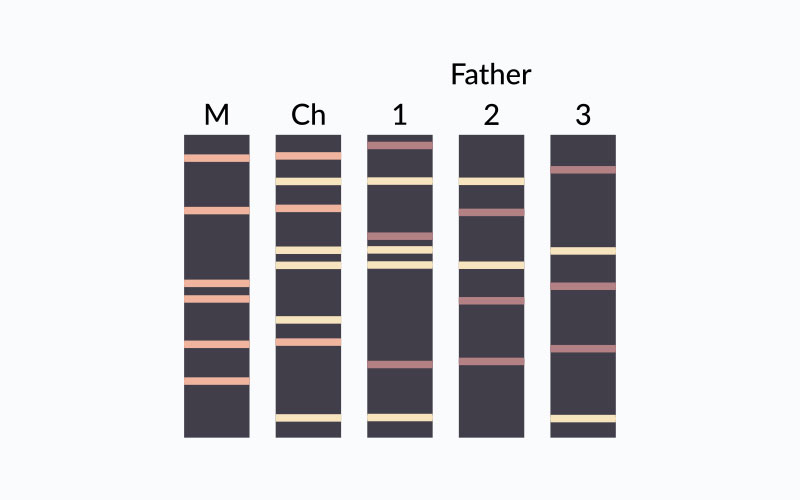
Once upon a majority of human existence, trust was the only factor you had when it came to proving family relationships.
There was many a time when a woman was accused of infidelity or blamed for the sex of a child and there was nothing she could do about either.
Unfortunately, too many things have been blamed on women throughout history. Alas, we digress.
Gender is determined by the father.
That knowledge might have changed how Henry VIII treated his wives for not producing a son. Maybe not. But it would have put more pressure on him, which might have saved some necks.
Paternity, like gender, derives from men. Since there were no DNA tests to show who the father was, a man could accept that the child was theirs or deny it. Women had little recourse.
In the most recent of history, science has given us the ability to bring the truth to light, in terms of DNA.
Long gone are the days when a man could deny the parentage of a child. Today, a court can order a paternity test and that would prove if the man in question was the father.
That would also open the door to unifying sibling relationships.
Adoptees are using DNA tests to find siblings.
DNA tests have become an incomparable tool for those who have been adopted.
In the past, adoptions were sealed and sometimes a child grew up never knowing they were not related to the only family they ever knew. There were no tests to prove otherwise.
Adoption, like humanity, has evolved over the years and families are much more open than they used to be.
Whether an adoption file comes with information or not, adoptees are finding family all over the place through genetic testing.
Discovering someone with 25 percent of your DNA could be an eye-opening experience for anyone, especially if you weren’t expecting it.
Finding out you have a half-sibling or full-sibling you’ve never met can be life-changing. Technology has made it possible to redefine family as we know it.
What if a DNA test shows up inconclusive between siblings?
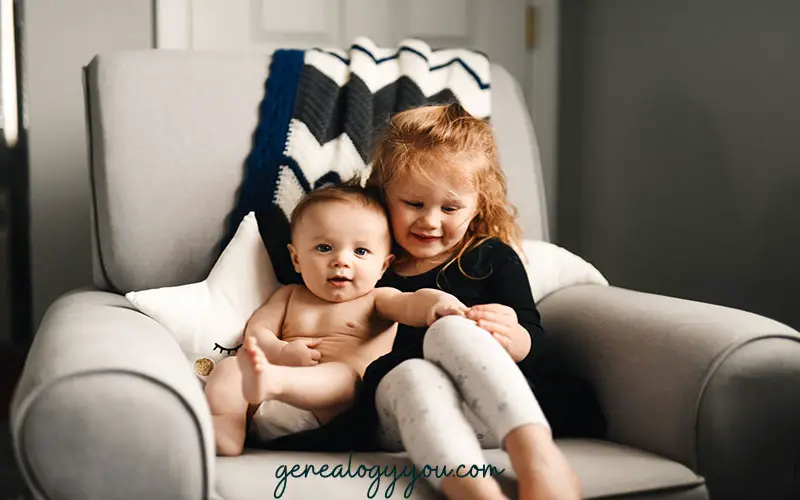
The link between a child and parents shows up quite conclusively in DNA test results.
This is the most direct relationship and has the highest percentage of DNA shared. That’s not always the case with proving sibling relationships. Although rare, full-siblings and half-siblings can give inconclusive results.
A full-sibling has more DNA markers in common than a half-sibling, so an inconclusive result would most likely come from the latter.
That’s due to the pattern of inheritance.
Depending on how the DNA shared shows up in the report, it might read that there is a strong likelihood of a relationship but not necessarily the degree of a sibling, either half or full.
The report might also say that the two people are not related. That doesn’t mean that they are not half-siblings, however.
It just tells the professionals at the DNA testing company that there aren’t enough DNA markers to link them.
If you want to get a really good view of how everyone is linked, and what their genetic past looks like, have the whole family submit their samples for a DNA test.
Related: Can Ancestry DNA Be Wrong?
Getting the whole picture
Receiving results around the same time would not only be a fun memory for everyone as they compare, but also a tool for learning.
The more family members who participate in testing, close relatives or great grandparents, the more you can understand how everyone is connected.
For families who are blended, including half-siblings and step-siblings, it can help create a bond over shared genetics.
Who else shares 25% of DNA with you?
In an effort to understand how the DNA spreads across a family tree, here are the other relatives who share about the same amount of DNA as half-siblings:
- Grandparents
- Grandchildren
- Aunts
- Uncles
- Nieces
- Nephews
A quarter, more or less.
So, while the short of it is that half-siblings share 25 percent DNA, it isn’t the whole answer.
The exact relationship may not show up how you would hope it would on a DNA test and you might have an unexpected amount of DNA depending on gender and who the shared parent is.
That can be confusing, but for the most part, how much DNA is shared will likely report a half-sibling relationship for most people.
To get a better idea, it might help to just make a family tree. Having a visual representation will make it easier to wrap your head around the biology.
Related:
